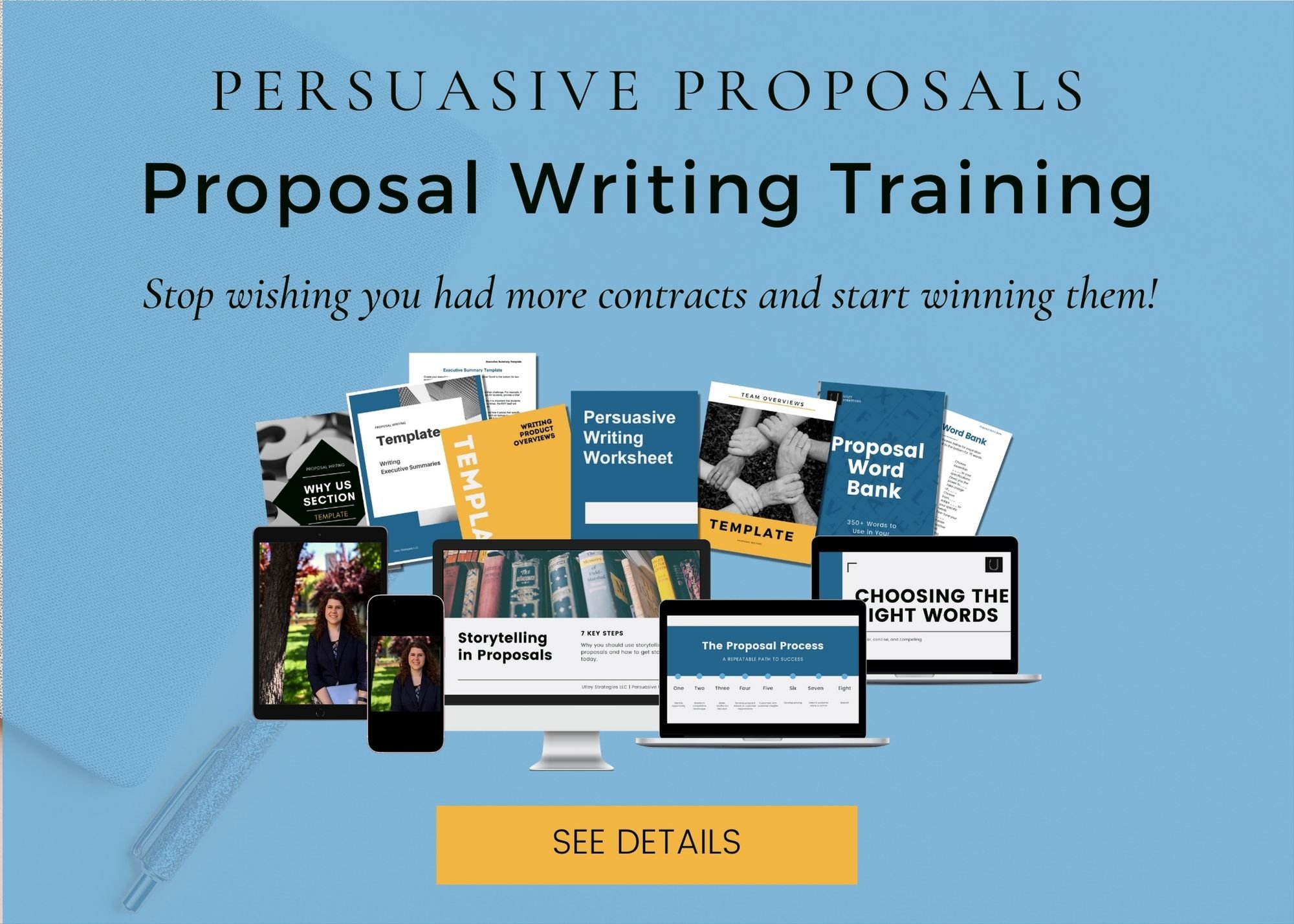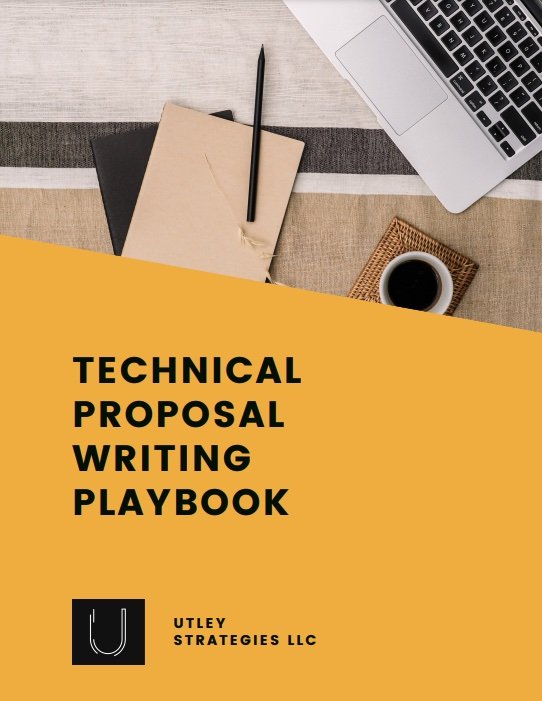The Easiest Step to Improving Your Win Rates
As one of the final steps in the sales process, improving proposal win rates can have a direct impact on your business. While there are many steps you can take to improving your win rates, there is one that stands out from the rest. That is, establishing a clear and effective vetting process.
What is a Vetting Process
A vetting process is exactly what it sounds like: a process that allows you to vet proposals to determine those that should be created and those that shouldn’t. If you’re like most companies, you are asked to send many proposals or your sales team finds a lot of RFPs that seem like viable opportunities. Once you start creating the proposal, however, you quickly learn that it isn’t as good of a fit as you thought it would be. That’s where vetting comes in.
Your vetting process, also called the “Go/No Go Decision” will allow you to determine if the investment in the proposal is likely to result in a win. If it’s not, then you can allocate resources elsewhere. For those that are very good opportunities, you know that investing more resources into the proposal will produce better results. This approach allows you to spend time on the best opportunities, thus increasing your chances of winning, and less time on those that you're most likely not going to win.
Types of Vetting Processes
Vetting opportunities may sound like a great idea, but getting started can be overwhelming. Fortunately, there are a few easy-to-implement frameworks that you can start using today.
The Yes/No Checklist
This is the easiest process to set up. To do this, you simply create a list of questions that require a “yes” answer in order to proceed. If any of the answers are “no”, then you do not work on that proposal.
Example questions in a Yes/No Checklist for a vetting process include:
Has the customer heard of our company?
Is this one of our core solution areas?
Can we price competitively?
Do we have the capacity to support this contract?
Will we be profitable?
To implement this approach, create your own list of questions that are required in order to win a proposal. Do not respond if any of the answers are no.
The Win Matrix
This one is more complicated but a good option if your team is more visual. In this approach, you will determine what is on the horizontal axis and the vertical axis. For example, the horizontal axis might be “customer relationship” and the vertical “solution capabilities”.
In this scenario, you will answer questions related to the customer relationship to determine the horizontal quadrants. Questions might be:
Do we have an existing relationship with the customer?
Is there an incumbent?
Are we the incumbent?
Does a competitor have a strong relationship?
Give points based on the answers. Higher points mean the right while lower points mean the left.
For the vertical quadrant, you will answer questions related to capabilities. Capabilities questions might be:
Do we have strong references in this space?
Have we completed this exact work before?
Are we better at this than our competitors?
Can we bring strong value to the project?
Similar to the above, add up points based on the answers. High scores bring you to the top half of the matrix while low scores are the lower half.
Combine the vertical answers with the horizontal questions and you will find the quadrant. Anything in the upper right is always a “go”, while anything in the lower left is a “no”. The other two quadrants may be responded to if time and resources allow.
The Scoring Matrix
The scoring approach focuses on the highest scoring proposals while vetoing the low scoring opportunities. To create your own scoring matrix, create five categories that are important for winning proposals. For example, revenue potential, customer size, solution capabilities, relationship, and urgency.
Once you determine your five areas, create categories and assign a point value to each, typically 0-2. Below is an example of how this would look:
Revenue potential:
<$100k = 0
$100k<$1M = 1
$1M< = 2
Customer size:
<50 employees = 0
50<500 employees = 1
500+ employees = 2
Solution capabilities:
New solution area = 0
Growing solution area = 1
Core solution area = 2
Relationship:
No relationship = 0
Limited relationship = 1
Current customer = 2
Urgency:
No clear project deadline = 0
Able to articulate deadline = 1
Clear deadline and approved budget = 2
To determine if you should respond to the proposal, assign scores for each category based on the above and add up for the total score across all categories. Anything that is 7 or higher is responded to and anything that is 3 or below is not. The middle scores can be accommodated based on resources availability.
Why it works
One common factor across all successful proposal teams is a clear vetting process. While it’s tempting to create a proposal for every potential opportunity, focusing efforts on the opportunities that are more likely to win results in better ROI of proposal efforts and, ultimately, more revenue.
Download the *FREE* Technical Proposal Writing Playbook to improve your proposals today!
Next Steps
Now that you know more about vetting proposals, it’s time to implement your own! Use the above frameworks as a starting point or create your own. If you have a vetting process that you want to share, feel free to let us know!




